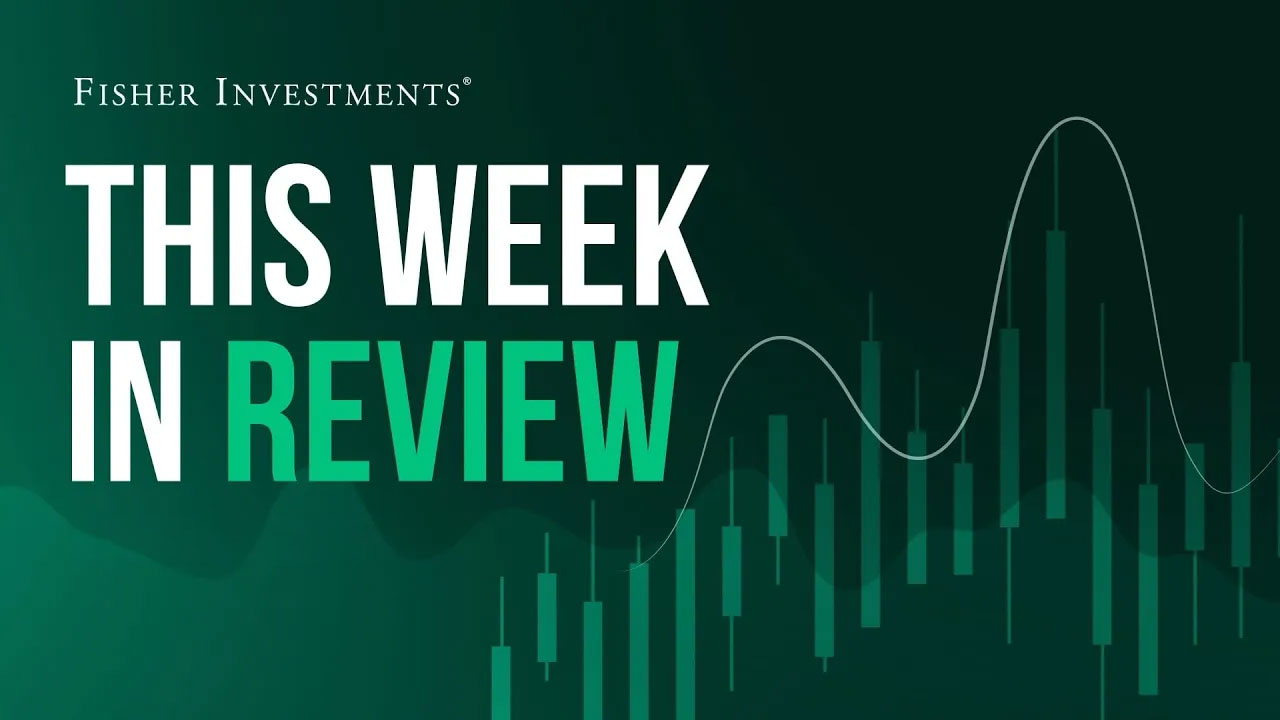Personal Wealth Management / Market Analysis
Viewing The Corporate Default Wave That Never Came
If high rates are so problematic, why are corporate defaults down?
Here is a scary warning you have probably heard a lot within the last two years: High rates will spur a wave of corporate defaults as companies fail to extend maturing loans, upending the economy and markets. Not only will companies fail, but banks and investors will be left holding the bag, causing credit to seize from coast to coast. To date, the US economy has not endured a corporate debt crisis, but lingering fears remain, especially if the Fed doesn’t cut soon.
We now have about two years of data at rates above the pandemic era’s generational lows. The 10-year US Treasury yield—a reference rate for corporate yields—has topped 3.0% since summer 2022 and spent most of the past 18 months above 4.0%.[i] So if these rates were really so devastating for corporate America, we would expect to see default rates at least start to tick up in the interim.
But they haven’t. Actually, they are down. As Exhibit 1 shows, the default rate for all US corporations has fallen since late 2023. It might be up from early 2022’s generational lows—a post-pandemic outlier—but it remains below the long-term average. And far, far below crisis-era levels.
Exhibit 1: Aggregate US Corporate Default Rate

Source: Bank of America Global Research, as of 6/18/2024. Reprinted by permission. Copyright © 2024 Bank of America Corporation (“BAC”). The use of the above in no way implies that BAC or any of its affiliates endorses the views or interpretation or the use of such information or acts as any endorsement of the use of such information. The information is provided “as is” and none of BAC or any of its affiliates warrants the accuracy or completeness of the information.
Smaller companies had relatively more problems, as we would expect. They tend to have weaker balance sheets and more interest rate sensitivity. But this isn’t news to markets, considering small caps have underperformed throughout this bull market. And even there, defaults have ticked down lately. Meanwhile, large companies—which can use their size and cash-rich balance sheets to their advantage—are mostly skating.
Exhibit 2: Breaking Down Default Rates by Company Size

Source: Bank of America Global Research, as of 6/18/2024. Reprinted by permission. Copyright © 2024 Bank of America Corporation (“BAC”). The use of the above in no way implies that BAC or any of its affiliates endorses the views or interpretation or the use of such information or acts as any endorsement of the use of such information. The information is provided “as is” and none of BAC or any of its affiliates warrants the accuracy or completeness of the information.
As for the warnings that the real trouble lies ahead if the Fed doesn’t cut rates aggressively, markets seem to say otherwise. Fed rate expectations have shifted wildly. The Fed itself has gone from forecasting multiple cuts this year to just one (not that these forecasts are worth the PDFs they are digitally printed on). Expectations for inaction are baked into stock and bond markets alike. Yet credit spreads—a market-based measure of perceived default risk—are down. They tumbled from 587 basis points in June 2022 to just 320 in May 2024, near typical bull market lows. This fall presaged the drop in default rates, suggesting markets correctly saw improvement coming.
Exhibit 3: Markets Anticipated Falling Default Risk

Source: Bank of America Global Research, as of 6/18/2024. Reprinted by permission. Copyright © 2024 Bank of America Corporation (“BAC”). The use of the above in no way implies that BAC or any of its affiliates endorses the views or interpretation or the use of such information or acts as any endorsement of the use of such information. The information is provided “as is” and none of BAC or any of its affiliates warrants the accuracy or completeness of the information.
So if you are waiting for a corporate debt bloodbath to erupt, we suspect you will be waiting a long time, until whenever the next bear market, recession and credit crunch materialize. This doesn’t appear to be at hand. Instead, with default rates and borrowing costs down, corporations are in an excellent position to go on offense, ratcheting up investment and driving future economic growth. This is a big underappreciated source of bull market fuel, in our view.
H/T: Fisher Investments Research Analyst Wei Zhang
If you would like to contact the editors responsible for this article, please message MarketMinder directly.
*The content contained in this article represents only the opinions and viewpoints of the Fisher Investments editorial staff.
Get a weekly roundup of our market insights
Sign up for our weekly e-mail newsletter.

See Our Investment Guides
The world of investing can seem like a giant maze. Fisher Investments has developed several informational and educational guides tackling a variety of investing topics.



